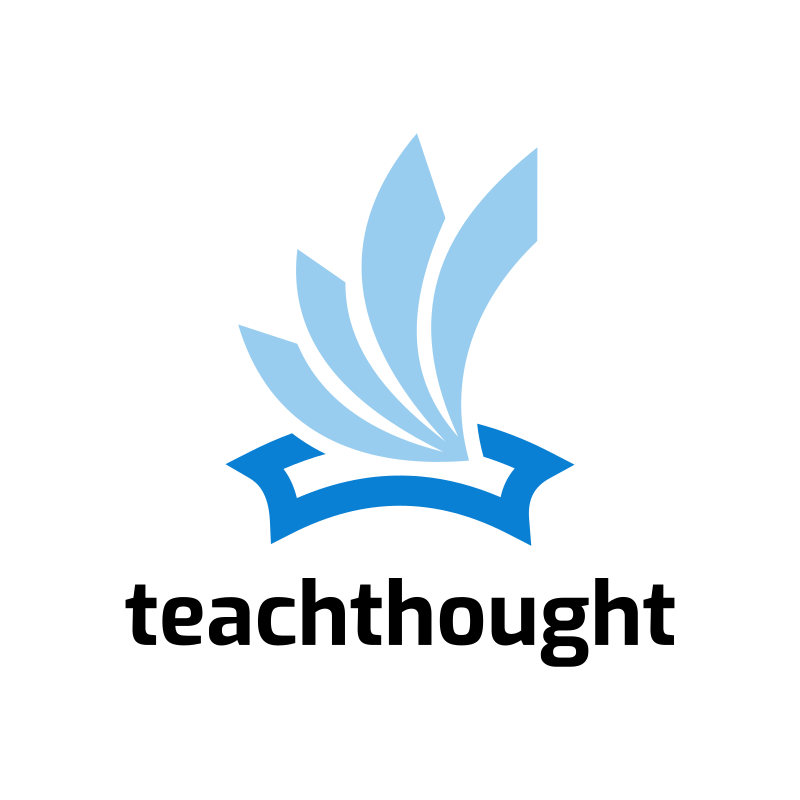
Everything I Knew My Second Year Of Teaching
My 2nd year of teaching, my head was swimming.
I had just gotten back from an ASCD conference–with a Marzano pre-conference and a heavy dose of Understanding by Design, Tomlinson’s ideas on differentiation, and some sessions on literacy.
In spite of all of the great information I heard, I was struggling to use it all–to reconcile all of these great ideas with the academic standards and my local district’s constantly changing expectations of curriculum documents and general planning.
So one day, I sat down and scribbled out all of what I thought was important in a kind of concept map. Some items are bold, some font is larger than others, some of the more important ideas are placed near the middle. Then I took this pencil-and-paper version and made a quick Microsoft Publisher version, which is what you see above.
Looking back at this image, it was clear I was heavily influenced by both UbD and the idea of “understanding.” I hadn’t yet fully bought in to technology, mostly because I was still struggling to understand the relationship between a curriculum map and assessment data, and throwing in digital tools would’ve probably made things worse.
The idea of a “climate of assessment” was also intriguing to me (as opposed stressing “exams”), and I discovered the incredible flexibility of the exit slip.
I also saw how important it was to support students–the structures, strategies, policies, and other classroom rigmarole that could make or break a student’s success in the classroom.
I focused most heavily on understanding and differentiation, as well as the concept of priority in learning after reading “Teaching What Matters Most” by Silver, Strong and Perini. In hindsight, curriculum mapping and instructional planning, along with literacy and grouping strategies–may have been better starting points.
And being dead center and in huge font, clearly I figured out that powerful media–books, essays, novels, poems, papers, videos, and other fare–could take a student’s learning experience from mediocre to incredible. I figured out that the great thinkers in literature’s history were the true stars of the show, not the standards or what I thought. Had I taught Social Studies, Math, or Science, I’m assuming I’d have reached the same conclusion, but who knows?
I went back the next year and made another “2.0” version to help me keep some adjustments I’d made, including a stronger focus on digital technology. (Not sure what I’ve done with that one.) It’d be interesting to create anther based on what I think now–not so much because I know more, but to see the changes on paper. A kind of “taking stock” in the ideas that are dominating the way you view your craft at that moment.
In a sense, everything you know and understand about the craft of teaching.
So, if you had to make one of your own, what would it look like?
You might be surprised with what you come up with.
